Dinosaurs Timeline: From Triassic to Cretaceous Period.
Table of Contents
The evolution of dinosaurs is a fascinating topic that has captivated scientists and enthusiasts alike for centuries. These prehistoric creatures lived on Earth for over 170 million years, and during that time, they evolved and diversified into a wide range of species. The timeline of dinosaurs can be divided into three main periods: Triassic, Jurassic, and Cretaceous. Each period is marked by significant events that shaped the evolution and extinction of these magnificent creatures.
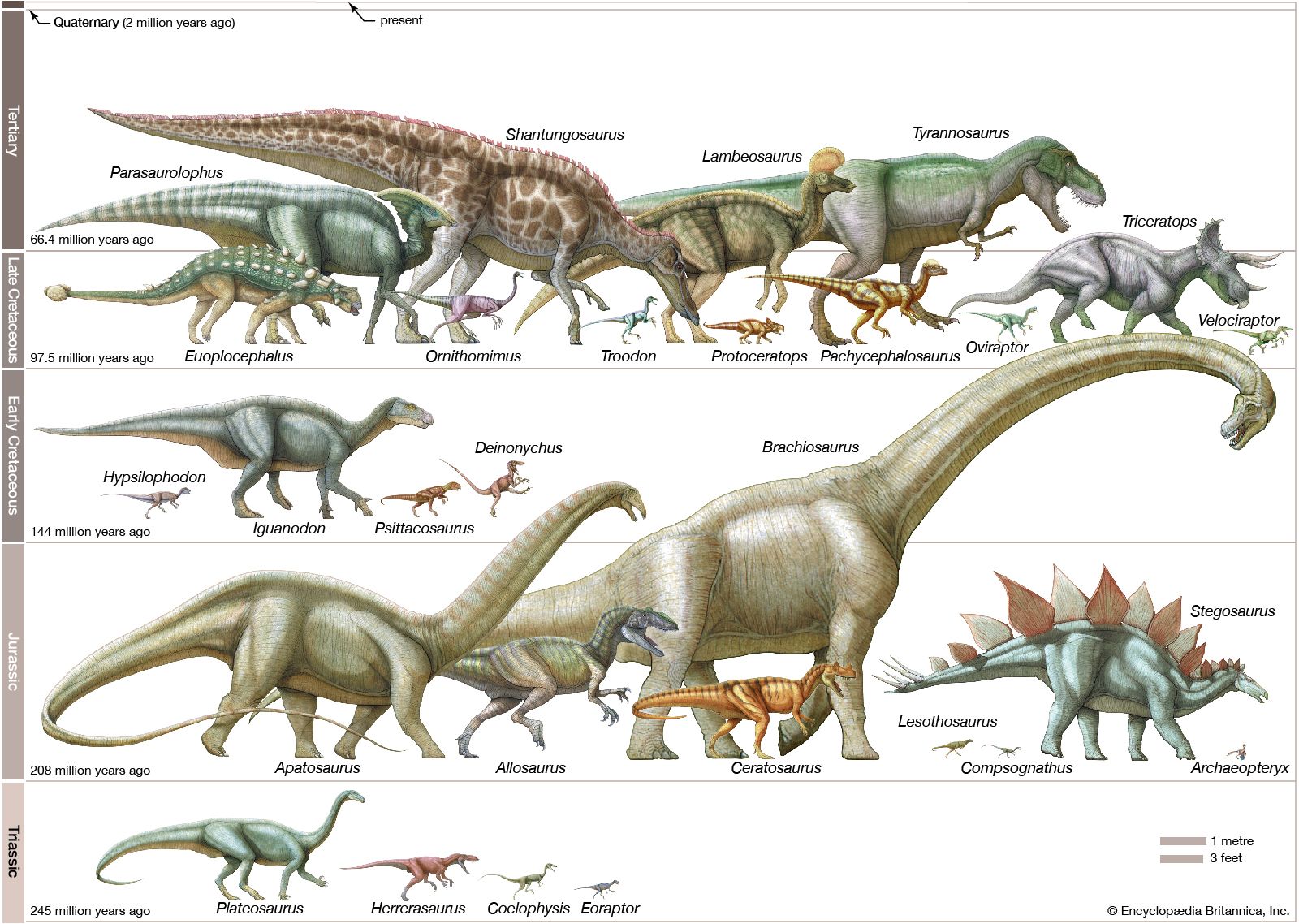
In this post, we’ll take a closer look at the timeline of dinosaurs, from the Triassic period to the Cretaceous period. We’ll explore the unique characteristics of each period, the different types of dinosaurs that lived during each period, and the events that led to their eventual extinction. Join us on this journey through time to uncover the fascinating history of these ancient creatures.
Introduction to the Dinosaur Era
The dinosaur era spans from about 245 million years ago to 66 million years ago. During this time, dinosaurs dominated the planet and evolved into a wide range of species, shapes, and sizes. The era is divided into three periods:
- Triassic period
- Jurassic period
- Cretaceous period
Each period had its own unique features and notable species of dinosaurs. For example, during the Triassic period, dinosaurs were relatively small and not as diverse as they would become in later periods. However, by the end of the Triassic period, there was a mass extinction event that wiped out many of the dominant species and allowed new ones to evolve. The Jurassic period is perhaps the most well-known period of the dinosaur era, thanks to movies like Jurassic Park.
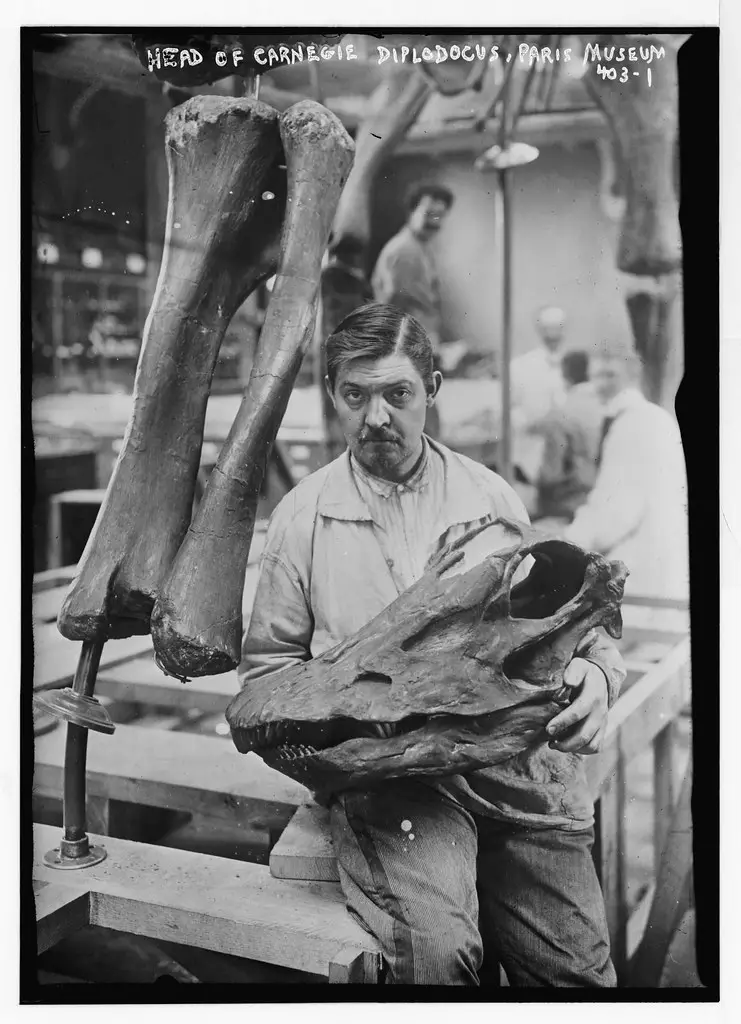
During this time, dinosaurs like the Stegosaurus, Diplodocus, and Allosaurus roamed the earth. Finally, the Cretaceous period saw the evolution of some of the most famous dinosaurs, like the Tyrannosaurus Rex, Triceratops, and Velociraptor. By the end of this period, another mass extinction event occurred, wiping out the dinosaurs and paving the way for the rise of mammals.
The dinosaur era was a fascinating time in Earth’s history, and uncovering its timeline gives us a glimpse into the evolution and diversity of life on our planet.
Triassic period: Beginning of the Dinosaur Age
The Triassic period marks the beginning of the dinosaur age, approximately 252 million years ago. During this time, the Earth was very different from what we know today. The continents were grouped together forming a supercontinent called Pangaea, and the climate was generally hot and dry.
During this period, the first dinosaurs emerged and evolved. They were not the only reptiles around, but they were a dominant presence. The earliest dinosaurs were small, about the size of a dog. They walked on two legs and were carnivorous. Their small size was an advantage, allowing them to adapt to different environments and find food more easily.
The Triassic period was also marked by the emergence of other reptilian groups, such as the ichthyosaurs, plesiosaurs, and crocodiles. These reptiles evolved in water and were well adapted to aquatic life.
Towards the end of the Triassic period, there was a mass extinction event that wiped out about 80% of all species on Earth. This extinction event paved the way for the dinosaurs to become the dominant land animals in the following Jurassic period.
Jurassic Period: Height of Dinosaur Era
The Jurassic period is often considered the height of the dinosaur era. It lasted from approximately 201 to 145 million years ago and saw the emergence of many iconic dinosaur species.
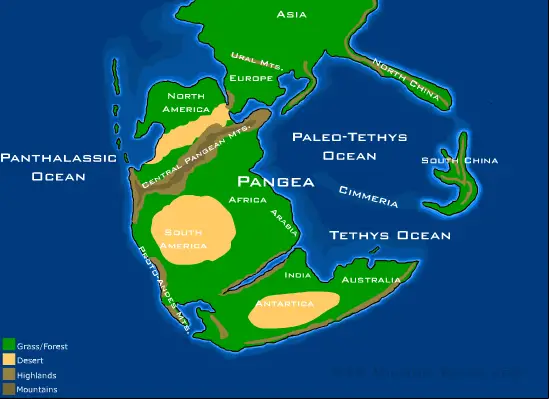
During this time, the supercontinent Pangaea began to split apart, giving rise to the Atlantic Ocean and creating new habitats for dinosaurs to explore. Some of the most well-known dinosaurs from this era include the massive long-necked sauropods like Diplodocus and Brachiosaurus, as well as the fearsome carnivores such as Allosaurus and Ceratosaurus.
The Jurassic period also saw the emergence of the first birds, which evolved from small, feathered dinosaurs like Archaeopteryx. These early birds likely did not fly, but instead used their feathers for insulation or display purposes.
In addition to the dinosaurs, the Jurassic period was also home to a variety of other prehistoric creatures, including marine reptiles like ichthyosaurs and plesiosaurs, as well as early mammals and flowering plants.
Dinosaurs of Jurassic Period
The Jurassic Period is considered by many to be the golden age of dinosaurs. It lasted from about 201 to 145 million years ago and saw the evolution of some of the most iconic dinosaurs, such as the mighty Stegosaurus and the long-necked Diplodocus. The Jurassic was also home to the first birds, which were small and feathered and probably evolved from a group of small, carnivorous theropod dinosaurs.
One of the most famous Jurassic dinosaurs is the Allosaurus, a large, carnivorous predator that roamed North America and Europe. It had long, sharp teeth and powerful jaws, and was probably at the top of the food chain in its ecosystem. Another famous Jurassic dinosaur is the Brachiosaurus, a massive, herbivorous sauropod that had a long neck and tail and stood up to 85 feet tall. It is thought to have been one of the largest animals to have ever walked the earth.

The Jurassic period was also marked by significant climate changes, with the world experiencing a hot and humid climate, with lush forests and shallow seas. It was during this time that the supercontinent Pangaea began to break up, with the northern and southern continents separating from each other.
This had a profound impact on the evolution of life on Earth, including the dinosaurs. Overall, the Jurassic period was a time of great change and evolution and gave rise to some of the most awe-inspiring creatures to have ever lived.
Cretaceous period: End of Dinosaur Era
The Cretaceous period is the final chapter of the dinosaur era, and it lasted from 145 million to 65 million years ago. During this time, the Earth’s climate was warmer and more stable than it had been in previous periods, with higher sea levels, and a relatively low temperature gradient from the equator to the poles. This climate made life easier for dinosaurs, and they thrived in this period.
One of the most famous dinosaurs to exist during the Cretaceous period was the Tyrannosaurus Rex. It was one of the last non-avian dinosaurs to exist before they went extinct. Other well-known dinosaurs that lived during this period include the Triceratops, the Velociraptor, and the Ankylosaurus.

However, the Cretaceous period was not just a time of thriving for dinosaurs. It was also a time of massive geological change, including the formation of new mountain ranges and the splitting of the supercontinent, Gondwana. These changes had a profound effect on the climate and ecosystems, and as a result, many species of dinosaurs began to die out.
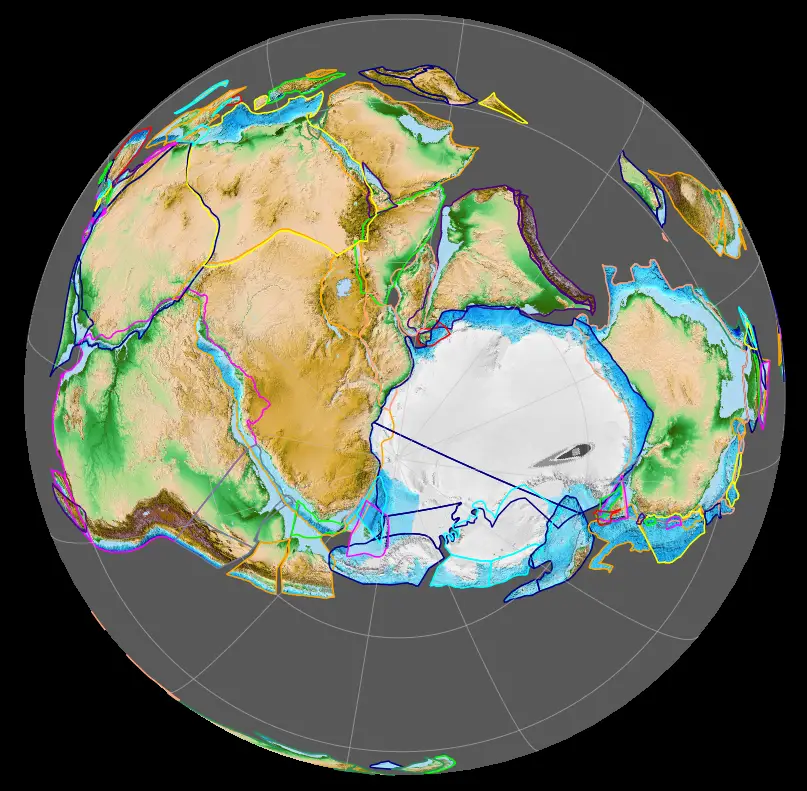
The Cretaceous period came to a dramatic end with the most famous extinction event in history, the K-T extinction event. This event wiped out the non-avian dinosaurs, along with approximately 75% of all plant and animal species on Earth. The cause of this extinction event is still debated, but most scientists believe it was due to a combination of factors, including a large asteroid impact and massive volcanic eruptions.
Dinosaurs of Cretaceous period
The Cretaceous period is the final stage of the Mesozoic era and witnessed the highest diversity of dinosaur species. During this period, the continents continued to drift apart, creating ocean basins and changing the climate patterns. The Cretaceous period lasted around 79 million years and was divided into two stages, the Early Cretaceous and the Late Cretaceous.
The Early Cretaceous saw the emergence of many new dinosaur species, including the famous Iguanodon, which was one of the first dinosaurs ever discovered. This period also saw the rise of the dromaeosaurids, a group of carnivorous dinosaurs that included the Velociraptor, made famous by the Jurassic Park franchise. Another notable dinosaur from the Early Cretaceous was the Spinosaurus, a massive predator that was even larger than the Tyrannosaurus Rex.
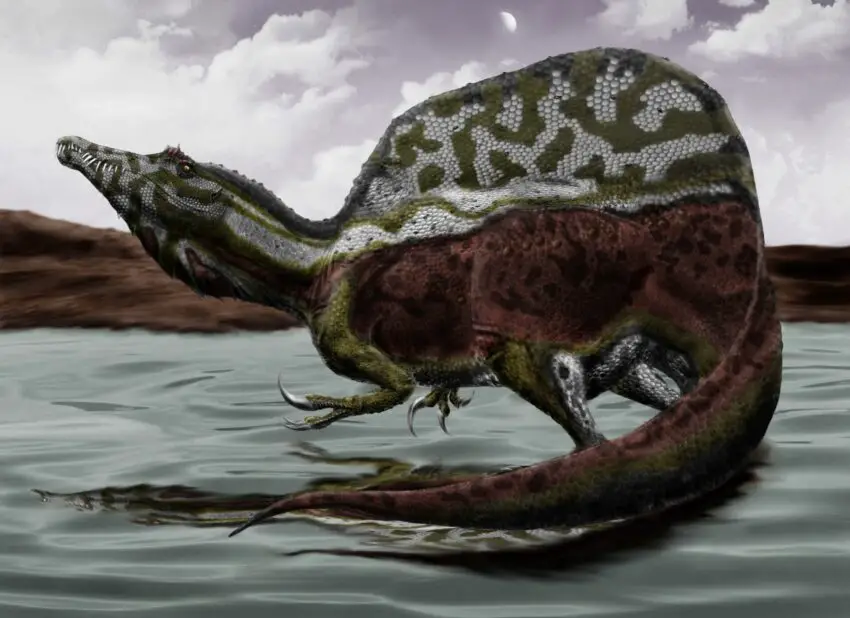
In the Late Cretaceous, the diversity of species continued to grow, and many of the most famous dinosaurs lived during this time. The Tyrannosaurus Rex, with its powerful jaws and razor-sharp teeth, was one of the most fearsome predators of all time. The Triceratops, with its three horns and frilled head, was one of the most recognizable herbivores. The Ankylosaurus, with its armored body and club-like tail, was another herbivore that was well adapted to defend itself against predators.
The end of the Cretaceous period marked the end of the dinosaurs. Around 66 million years ago, a massive asteroid impact triggered a global catastrophe that wiped out the dinosaurs, as well as many other species on Earth. Nonetheless, the legacy of these incredible creatures lives on, and scientists continue to study their fossils and learn more about their lives and behaviors.
Theories of Dinosaur Extinction
The extinction of dinosaurs is a hotly debated topic among paleontologists and scientists. While there is no definitive answer, there are several theories as to what caused their demise.
One of the most popular theories is that a catastrophic asteroid impact caused a mass extinction event. This theory is supported by the discovery of the Chicxulub crater in the Yucatan Peninsula of Mexico, which is believed to have been caused by an asteroid impact around 66 million years ago. The impact would have caused massive destruction, including wildfires, tsunamis, and a “nuclear winter” effect caused by dust and debris thrown into the atmosphere, which blocked out sunlight and caused a drop in global temperatures.
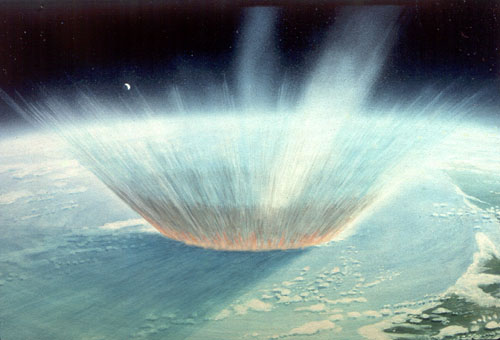
Other theories include volcanic activity, climate change, and a combination of factors. Some scientists suggest that a series of massive volcanic eruptions, which released large amounts of greenhouse gases into the atmosphere, led to global warming and a changing climate that made it difficult for dinosaurs to survive.
Finally, some scientists suggest that the rise of flowering plants, which began to dominate ecosystems during the Cretaceous period, may have contributed to the extinction of dinosaurs. The theory is that the new plant species may have produced toxins that were harmful to herbivorous dinosaurs, leading to a decline in their population and ultimately their extinction.
While the exact cause of dinosaur extinction may never be known, these theories provide valuable insights into the environmental and ecological factors that were at play during the end of the Mesozoic era.
Fossil discoveries and their impact on our understanding of dinosaurs
Fossil discoveries have played a critical role in furthering our understanding of dinosaurs and their place in the history of the Earth. In the early days of dinosaur research, fossils were often incomplete, with only a few bones or fragments found at any given site. However, as technology advanced, so too did our ability to find and analyze fossils in greater detail.
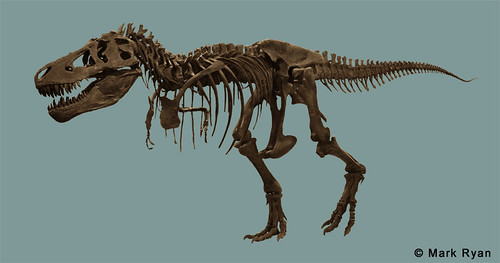
One of the most significant fossil discoveries in recent years was the uncovering of a tyrannosaur tail in northern Mexico. This fossil was exceptionally well-preserved, allowing researchers to study the soft tissues of the tail and gain new insights into the biology and movement of these animals. Another pivotal discovery was the unearthing of a 110-million-year-old dinosaur fossil in Canada, which suggested that some dinosaurs may have had feathers.
Fossil discoveries have also revealed new information about the habitats and behavior of dinosaurs. For example, studies of footprints left by dinosaurs suggest that some species may have traveled in groups, while others may have had complex social structures. Additionally, the discovery of fossilized nests and eggs has given us a glimpse into the reproductive behavior of these animals.
Importance of studying dinosaurs
Studying dinosaurs is important for several reasons. It helps us understand the history of life on Earth. Dinosaurs lived for over 150 million years and were one of the most successful groups of animals to ever exist. By studying their fossils, we can learn about their behavior, diet, anatomy, and evolution, and how they fit into the wider ecosystem of their time.
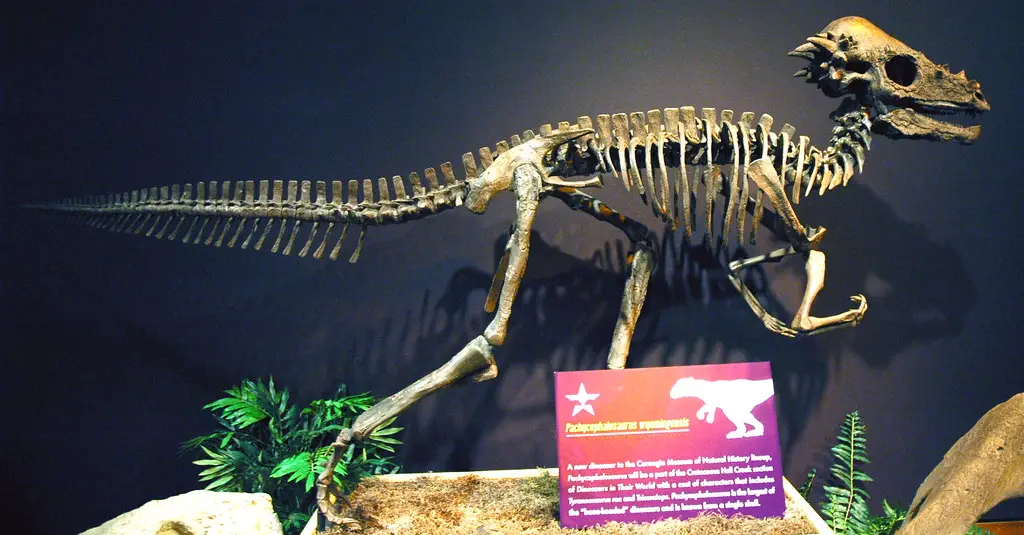
Studying dinosaurs can help us understand modern-day animals. Many dinosaurs were the ancestors of birds, and by studying their skeletal structure and behaviors, we can learn about the evolution of flight and other bird-like traits.
Studying dinosaurs can help us understand the Earth’s history and how it has changed over time. For example, the discovery of fossils in Antarctica has helped us understand how the continent was once covered in forests, and how it has since become an icy wasteland.
Finally, studying dinosaurs can inspire future generations of scientists and explorers. Many children are fascinated by dinosaurs and their prehistoric world, and by encouraging their curiosity and interest, we can inspire them to pursue careers in science and discovery.
The Legacy of Dinosaurs
Dinosaurs have left an indelible legacy in the history of our planet. These ancient creatures lived for millions of years, evolving and adapting to changing environments. Their extinction, while still shrouded in mystery, has sparked the imagination of scientists and laypeople alike for centuries.
Despite the fact that dinosaurs no longer walk the Earth, their impact is still felt in many ways. For example, birds are believed to be descendants of a group of small, feathered dinosaurs that survived the mass extinction event 66 million years ago.
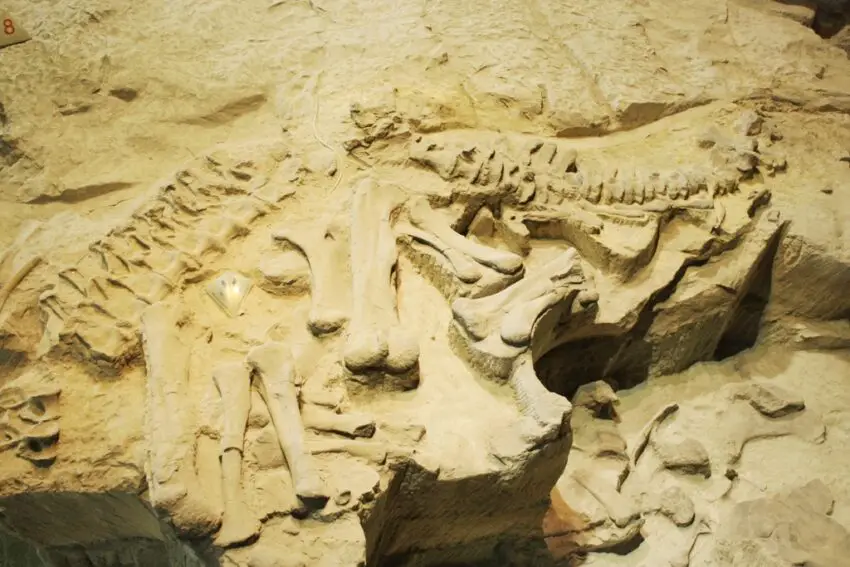
In addition, dinosaur fossils continue to be discovered all over the world, providing scientists with valuable insights into the biology, behavior, and evolution of these remarkable creatures. Paleontologists continue to study and learn from these fossils, uncovering new details about the dinosaurs and the world in which they lived.
Dinosaurs continue to captivate the public imagination, inspiring countless books, movies, and works of art. From the terrifying T-Rex to the peaceful Brontosaurus, dinosaurs have become cultural icons, beloved by people of all ages. Their legacy will continue to live on for generations to come, as we explore and learn more about the fascinating world of dinosaurs.
Final Word
We hope you enjoyed reading about the timeline of dinosaurs from the Triassic to the Cretaceous period. It’s amazing to think about the vast amount of time that has passed since these creatures roamed the Earth and the clues that have been left behind to help us piece together their stories. By understanding the timeline of dinosaurs, we can appreciate just how long they reigned on the planet and how they evolved over time. We hope that this article has provided you with a better understanding of these fascinating creatures and their history.
